Enjoy our 2023 annual report
Celebrate a full, impactful year by exploring our interactive digital report's stories, pictures and more
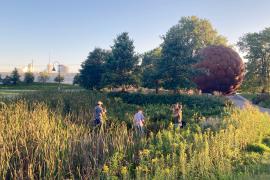
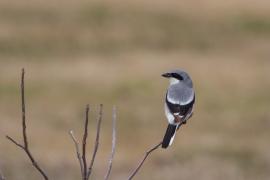
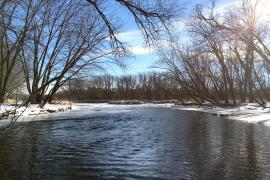

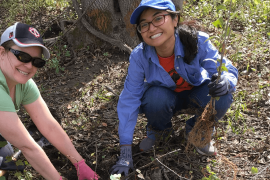
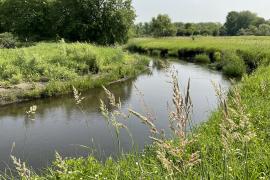
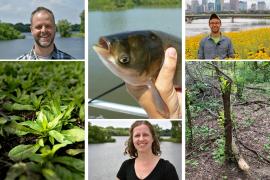
Celebrate a full, impactful year by exploring our interactive digital report's stories, pictures and more
Receive FMR's biweekly email newsletter, Mississippi Messages Sign up